Credit: Composite: Jacob Sahertian
An amazing glow-in-the-dark cockroach, a harp-shaped carnivorous sponge and the smallest vertebrate on Earth are just three of the newly discovered top 10 species selected by the International Institute for Species Exploration at Arizona State University. A global committee of taxonomists — scientists responsible for species exploration and classification — announced its list of top 10 species from 2012 today, May 23. The announcement, now in its sixth year, coincides with the anniversary of the birth of Carolus Linnaeus — the 18th century Swedish botanist responsible for the modern system of scientific names and classifications. The top 10 new species list was announced May 23 by the International Institute for Species Exploration at Arizona State University. The 2013 list includes an amazing glow-in-the-dark cockroach, a harp-shaped carnivorous sponge, and the smallest vertebrate on Earth -- a tiny frog. It also includes a snail-eating false coral snake, flowering bushes, a green lacewing, a hangingfly fossil, a monkey with a blue-colored behind and human-like eyes, a tiny violet and a black staining fungus. Also slithering it way onto this year's top 10 is a snail-eating false coral snake, as well as flowering bushes from a disappearing forest in Madagascar, a green lacewing that was discovered through social media and hangingflies that perfectly mimicked ginkgo tree leaves 165 million years ago. Rounding out the list is a new monkey with a blue-colored behind and human-like eyes, a tiny violet and a black staining fungus that threatens rare Paleolithic cave paintings in France. "We have identified only about two million of an estimated 10 to 12 million living species and that does not count most of the microbial world," said Quentin Wheeler, founding director of the International Institute for Species Exploration at ASU and author of "What on Earth? 100 of our Planet's Most Amazing New Species" (NY, Plume, 2013). "For decades, we have averaged 18,000 species discoveries per year which seemed reasonable before the biodiversity crisis. Now, knowing that millions of species may not survive the 21st century, it is time to pick up the pace," Wheeler added. "We are calling for a NASA-like mission to discover 10 million species in the next 50 years. This would lead to discovering countless options for a more sustainable future while securing evidence of the origins of the biosphere," Wheeler said. Taxon experts pick top 10: Members of the international committee made their top 10 selection from more than 140 nominated species. To be considered, species must have been described in compliance with the appropriate code of nomenclature, whether botanical, zoological or microbiological, and have been officially named during 2012. "Selecting the final list of new species from a wide representation of life forms such as bacteria, fungi, plants and animals, is difficult. It requires finding an equilibrium between certain criteria and the special insights revealed by selection committee members," said Antonio Valdecasas, a biologist and research zoologist with Museo Nacional de Ciencias Naturales in Madrid, Spain. Valdecasas is the international selection committee chairman for the top 10 new species. "We look for organisms with unexpected features or size and those found in rare or difficult to reach habitats. We also look for organisms that are especially significant to humans — those that play a certain role in human habitat or that are considered a close relative," Valdecasas added. This year's top 10 come from Peru; NE Pacific Ocean, USA: California; Democratic Republic of the Congo; Panama; France; New Guinea; Madagascar; Ecuador; Malaysia; and China. Top 10 New Species, 2013, "I don't know whether to be more astounded by the species discovered each year, or the depths of our ignorance about biodiversity of which we are a part," shared Wheeler. "At the same time we search the heavens for other earthlike planets, we should make it a high priority to explore the biodiversity on the most earthlike planet of them all: Earth," he added. "With more than eight out of every 10 living species awaiting discovery, I am shocked by our ignorance of our very own planet and in awe at the diversity, beauty and complexity of the biosphere and its inhabitants."
Describing the discoveries
Lilliputian Violet
Viola lilliputana
Country: Peru
Tiny violet: Not only is the Lilliputian violet among the smallest violets in the world, it is also one of the most diminutive terrestrial dicots. Known only from a single locality in an Intermontane Plateau of the high Andes of Peru, Viola lilliputana lives in the dry puna grassland eco-region. Specimens were first collected in the 1960s, but the species was not described as a new until 2012. The entire above ground portion of the plant is barely 1 centimeter tall. Named, obviously, for the race of little people on the island of Lilliput in Jonathan Swift's Gulliver's Travels.
Lyre Sponge
Chondrocladia lyra
Country: NE Pacific Ocean; USA: California
Carnivorous sponge: A spectacular, large, harp- or lyre-shaped carnivorous sponge discovered in deep water (averaging 3,399 meters) from the northeast Pacific Ocean off the coast of California. The harp-shaped structures or vanes number from two to six and each has more than 20 parallel vertical branches, often capped by an expanded, balloon-like, terminal ball. This unusual form maximizes the surface area of the sponge for contact and capture of planktonic prey.
Lesula Monkey
Cercopithecus lomamiensis
Country: Democratic Republic of the Congo
Old World monkey: Discovered in the Lomami Basin of the Democratic Republic of the Congo, the lesula is an Old World monkey well known to locals but newly known to science. This is only the second species of monkey discovered in Africa in the past 28 years. Scientists first saw the monkey as a captive juvenile in 2007. Researchers describe the shy lesula as having human-like eyes. More easily heard than seen, the monkeys perform a booming dawn chorus. Adult males have a large, bare patch of skin on the buttocks, testicles and perineum that is colored a brilliant blue. Although the forests where the monkeys live are remote, the species is hunted for bush meat and its status is vulnerable.
No to the Mine! Snake
Sibon noalamina
Country: Panama
Snail-eating snake: A beautiful new species of snail-eating snake has been discovered in the highland rainforests of western Panama. The snake is nocturnal and hunts soft-bodied prey including earthworms and amphibian eggs, in addition to snails and slugs. This harmless snake defends itself by mimicking the alternating dark and light rings of venomous coral snakes. The species is found in the Serranía de Tabasará mountain range where ore mining is degrading and diminishing its habitat. The species name is derived from the Spanish phrase "No a la mina" or "No to the mine."
A Smudge on Paleolithic Art
Ochroconis anomala
Country: France
Fungus: In 2001, black stains began to appear on the walls of Lascaux Cave in France. By 2007, the stains were so prevalent they became a major concern for the conservation of precious rock art at the site that dates back to the Upper Paleolithic. An outbreak of a white fungus, Fusarium solani, had been successfully treated when just a few months later, black staining fungi appeared. The genus primarily includes fungi that occur in the soil and are associated with the decomposition of plant matter. As far as scientists know, this fungus, one of two new species of the genus from Lascaux, is harmless. However, at least one species of the group, O. gallopava, causes disease in humans who have compromised immune systems.
World's Smallest Vertebrate
Paedophryne amanuensis
Country: New Guinea
Tiny frog: Living vertebrates — animals that have a backbone or spinal column — range in size from this tiny new species of frog, as small as 7 millimeters, to the blue whale, measuring 25.8 meters. The new frog was discovered near Amau village in Papua, New Guinea. It captures the title of 'smallest living vertebrate' from a tiny Southeast Asian cyprinid fish that claimed the record in 2006. The adult frog size, determined by averaging the lengths of both males and females, is only 7.7 millimeters. With few exceptions, this and other ultra-small frogs are associated with moist leaf litter in tropical wet forests — suggesting a unique ecological guild that could not exist under drier circumstances.
Endangered Forest
Eugenia petrikensis
Country: Madagascar
Endangered shrub: Eugenia is a large, worldwide genus of woody evergreen trees and shrubs of the myrtle family that is particularly diverse in South America, New Caledonia and Madagascar. The new species E. petrikensis is a shrub growing to two meters with emerald green, slightly glossy foliage and beautiful, dense clusters of small magenta flowers. It is one of seven new species described from the littoral forest of eastern Madagascar and is considered to be an endangered species. It is the latest evidence of the unique and numerous species found in this specialized, humid forest that grows on sandy substrate within kilometers of the shoreline. Once forming a continuous band 1,600 kilometers long, the littoral forest has been reduced to isolated, vestigial fragments under pressure from human populations.
Lightning Roaches?
Lucihormetica luckae
Country: Ecuador
Glow-in-the-dark cockroach: Luminescence among terrestrial animals is rather rare and best known among several groups of beetles — fireflies and certain click beetles in particular — as well as cave-inhabiting fungus gnats. Since the first discovery of a luminescent cockroach in 1999, more than a dozen species have (pardon the pun) "come to light." All are rare, and interestingly, so far found only in remote areas far from light pollution. The latest addition to this growing list is L. luckae that may be endangered or possibly already extinct. This cockroach is known from a single specimen collected 70 years ago from an area heavily impacted by the eruption of the Tungurahua volcano. The species may be most remarkable because the size and placement of its lamps suggest that it is using light to mimic toxic luminescent click beetles.
No Social Butterfly
Semachrysa jade
Country: Malaysia
Social media lacewing: In a trend-setting collision of science and social media, Hock Ping Guek photographed a beautiful green lacewing with dark markings at the base of its wings in a park near Kuala Lumpur and shared his photo on Flickr. Shaun Winterton, an entomologist with the California Department of Food and Agriculture, serendipitously saw the image and recognized the insect as unusual. When Guek was able to collect a specimen, it was sent to Stephen Brooks at London's Natural History Museum who confirmed its new species status. The three joined forces and prepared a description using Google Docs. In this triumph for citizen science, talents from around the globe collaborated by using new media in making the discovery. The lacewing is not named for its color — rather for Winterton's daughter, Jade.
Hanging Around in the Jurassic
Juracimbrophlebia ginkgofolia
Country: China
Hangingfly fossil: Living species of hangingflies can be found, as the name suggests, hanging beneath foliage where they capture other insects as food. They are a lineage of scorpionflies characterized by their skinny bodies, two pairs of narrow wings, and long threadlike legs. A new fossil species, Juracimbrophlebia ginkgofolia, has been found along with preserved leaves of a gingko-like tree, Yimaia capituliformis, in Middle Jurassic deposits in the Jiulongshan Formation in China's Inner Mongolia. The two look so similar that they are easily confused in the field and represent a rare example of an insect mimicking a gymnosperm 165 million years ago, before an explosive radiation of flowering plants.
Why create a top 10 new species list? Arizona State University's International Institute for Species Exploration announces the top 10 new species list each year as part of its public awareness campaign to bring attention to biodiversity and the field of taxonomy.
"Sustainable biodiversity means assuring the survival of as many and as diverse species as possible so that ecosystems are resilient to whatever stresses they face in the future. Scientists will need access to as much evidence of evolutionary history as possible," said the institute's Wheeler, who is also a professor in ASU's School of Life Sciences in the College of Liberal Arts and Sciences, and in the School of Sustainability, as well as a senior sustainability scientist with the Global Institute of Sustainability. "All of our hopes and dreams for conservation hinge upon saving millions of species that we cannot recognize and know nothing about," Wheeler added. "No investment makes more sense than completing a simple inventory to the establish baseline data that tells us what kinds of plants and animals exist and where. Until we know what species already exist, it is folly to expect we will make the right decisions to assure the best possible outcome for the pending biodiversity crisis." Additionally, the announcement is made on or near May 23 to honor Linnaeus. Since he initiated the modern system for naming plants and animals, nearly two million species have been named, described and classified. Excluding unknown millions of microbes, scientists estimate there are between 10 and 12 million living species.
IISE International Selection Committee: Antonio G. Valdecasas, Museo Nacional de Ciencias Naturales, CSIC, Spain, Committee Chair; Andrew Polaszek, Natural History Museum, England; Ellinor Michel, Natural History Museum, England; Marcelo Rodrigues de Carvalho, Universidade de São Paulo; Aharon Oren, The Hebrew University of Jerusalem; Mary Liz Jameson, Wichita State University, USA; Alan Paton, Kew Royal Botanical Gardens, England; James A. Macklin, Agriculture and Agri-Food Canada, Canada; John S. Noyes, Natural History Museum, England; Zhi-Qiang Zhang, Landcare Research, New Zealand; and Gideon Smith, South African National Biodiversity Institute, South Africa. Nominations for the 2014 list — for species described in 2013 — may be made online at
http://species.asu.edu/species-nomination. Previous top 10 lists are available at:
http://species.asu.edu. Contacts and sources:
Sandra Leander Arizona State University,
Source: Nano Patents And Innovations
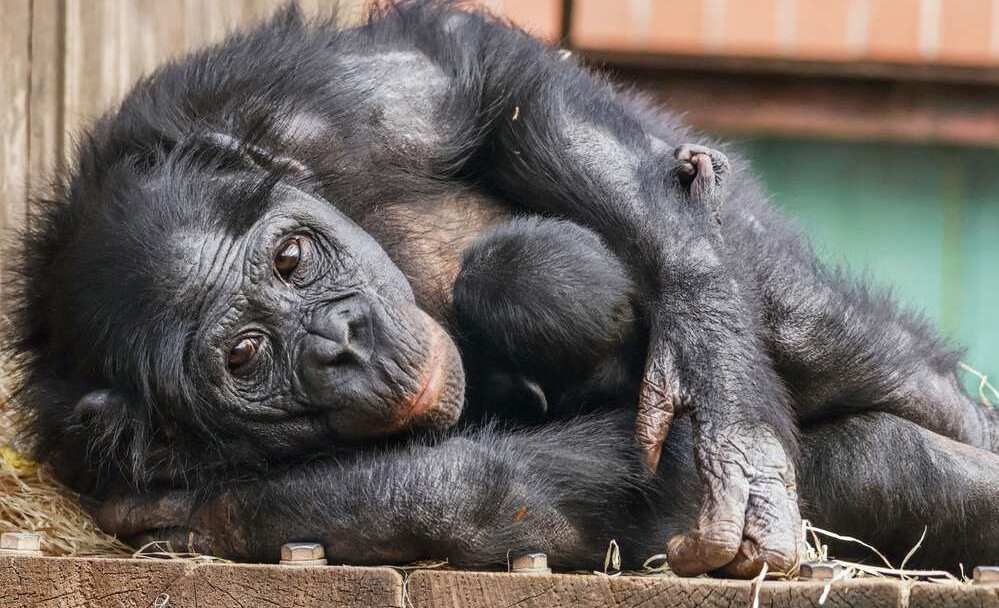
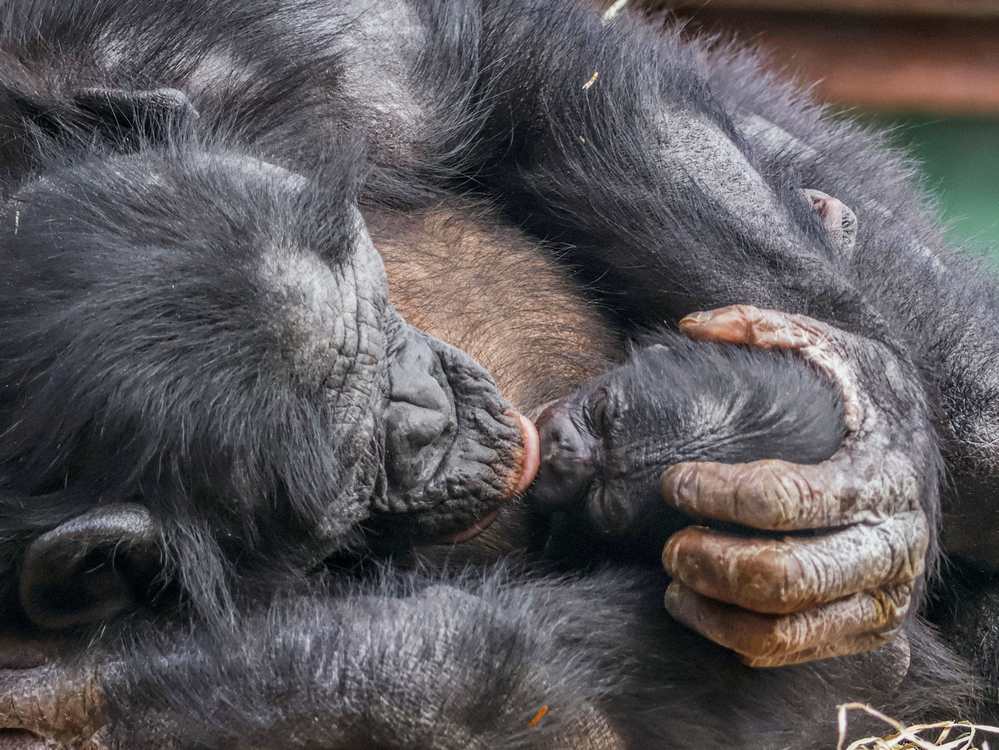 credit – Adam Kay, Twycross Zoo / SWNS
credit – Adam Kay, Twycross Zoo / SWNS
 credit – Adam Kay, Twycross Zoo / SWNS
credit – Adam Kay, Twycross Zoo / SWNS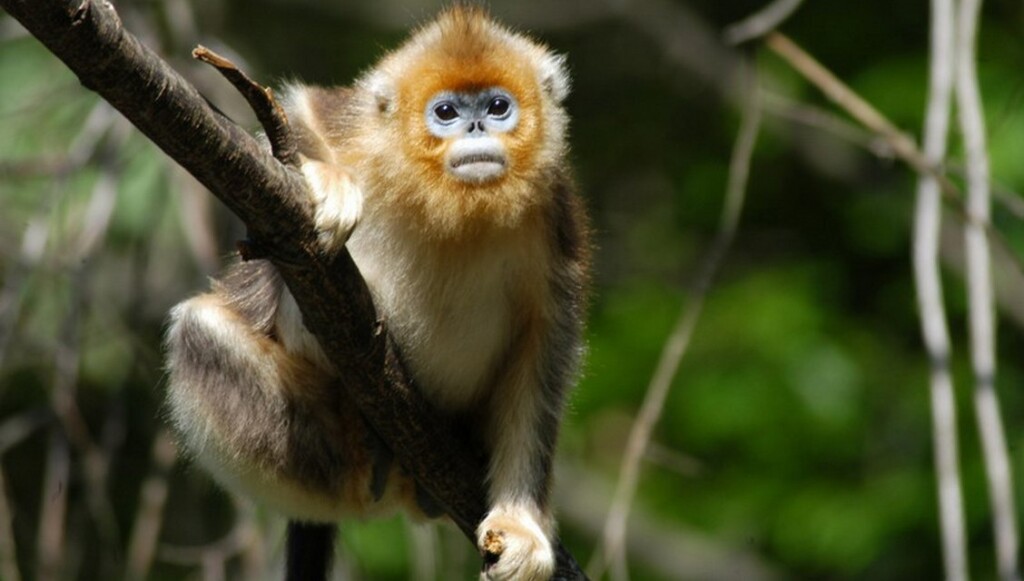

 Shennongjia virgin forest – credit, Evilbish CC BY-SA 3.0
Shennongjia virgin forest – credit, Evilbish CC BY-SA 3.0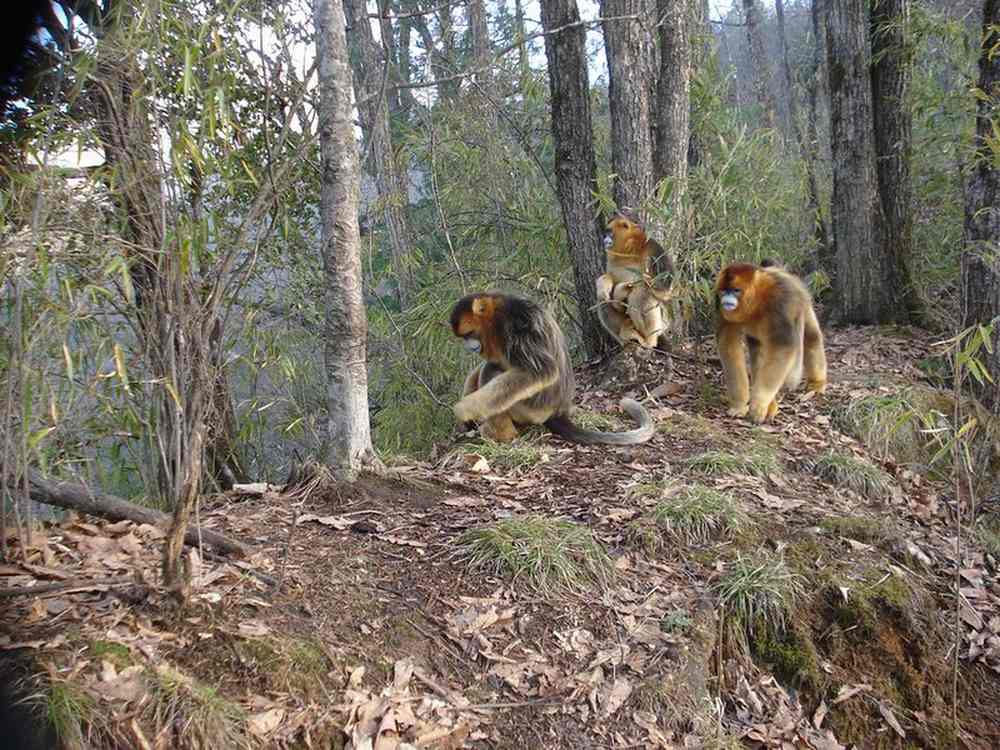 Golden snub-nosed monkeys captured via camera trap – credit, eMammal CC 2.0. via Flickr
Golden snub-nosed monkeys captured via camera trap – credit, eMammal CC 2.0. via Flickr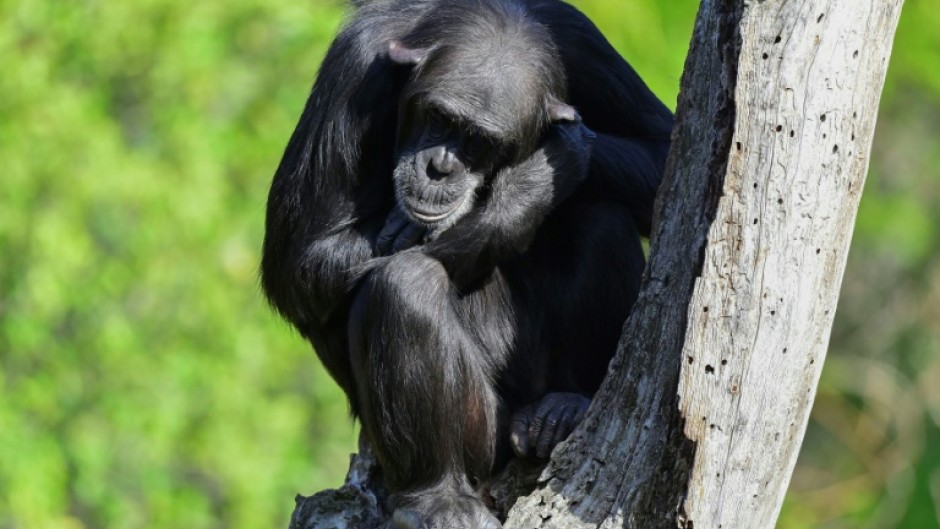
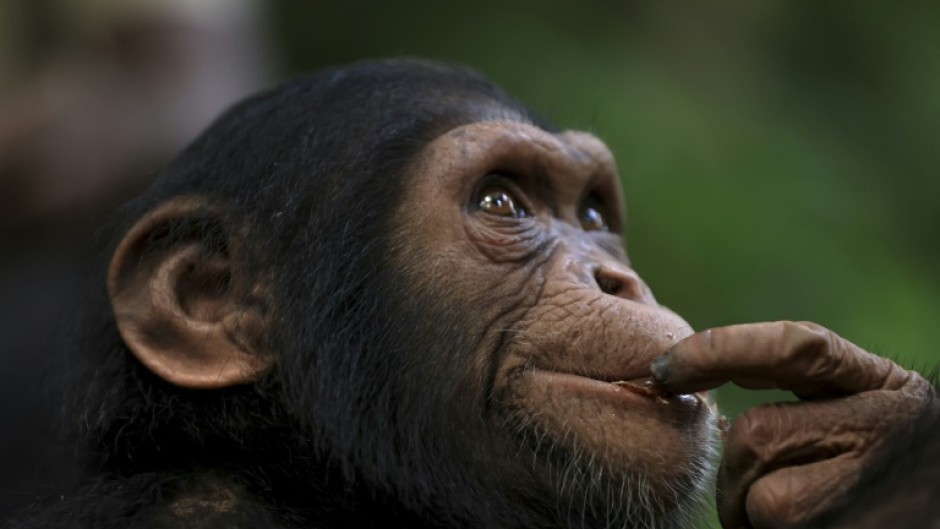
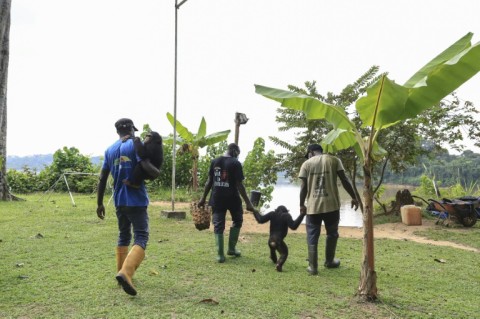
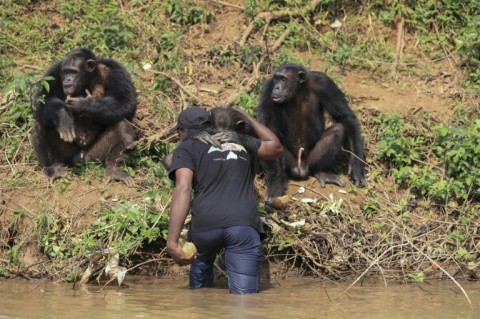
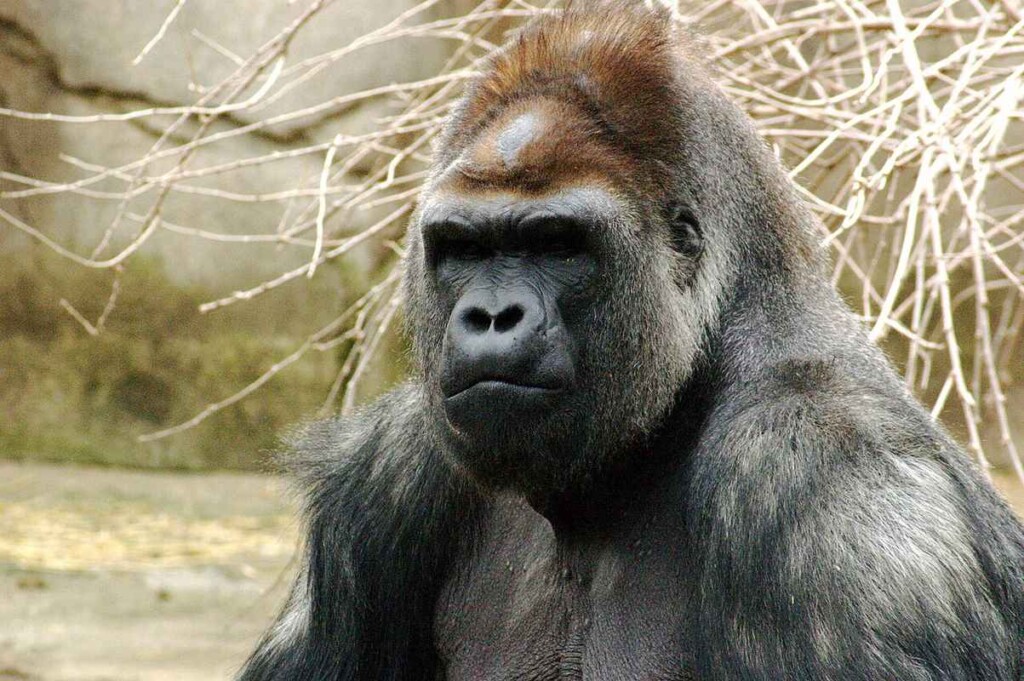 Male gorilla – credit Kabir Bakie at the Cincinnati Zoo CC 2.5.
Male gorilla – credit Kabir Bakie at the Cincinnati Zoo CC 2.5.
![]()
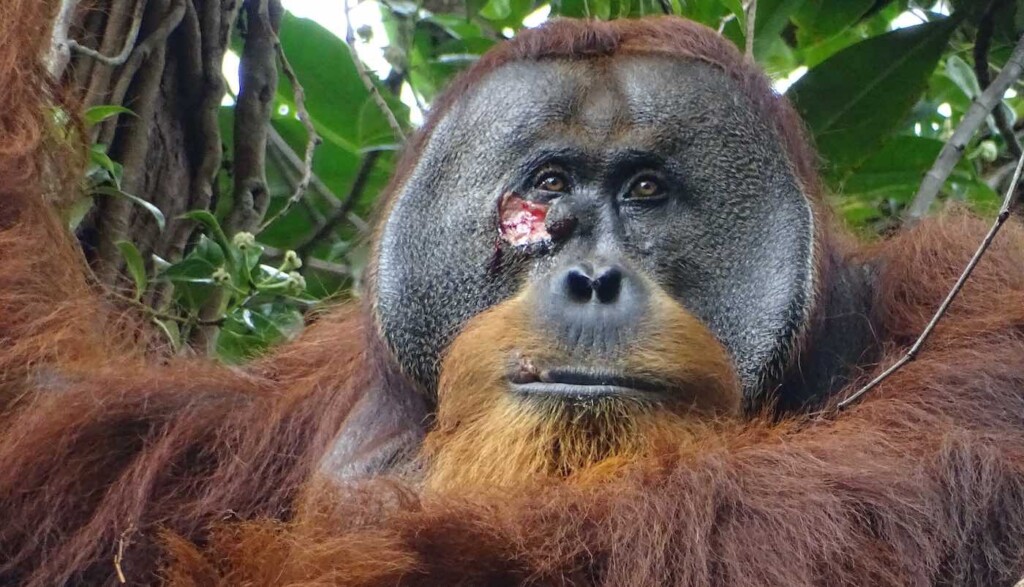 Facial wound on adult male orangutan – Max Planck Institute of Animal Behavior via SWNS
Facial wound on adult male orangutan – Max Planck Institute of Animal Behavior via SWNS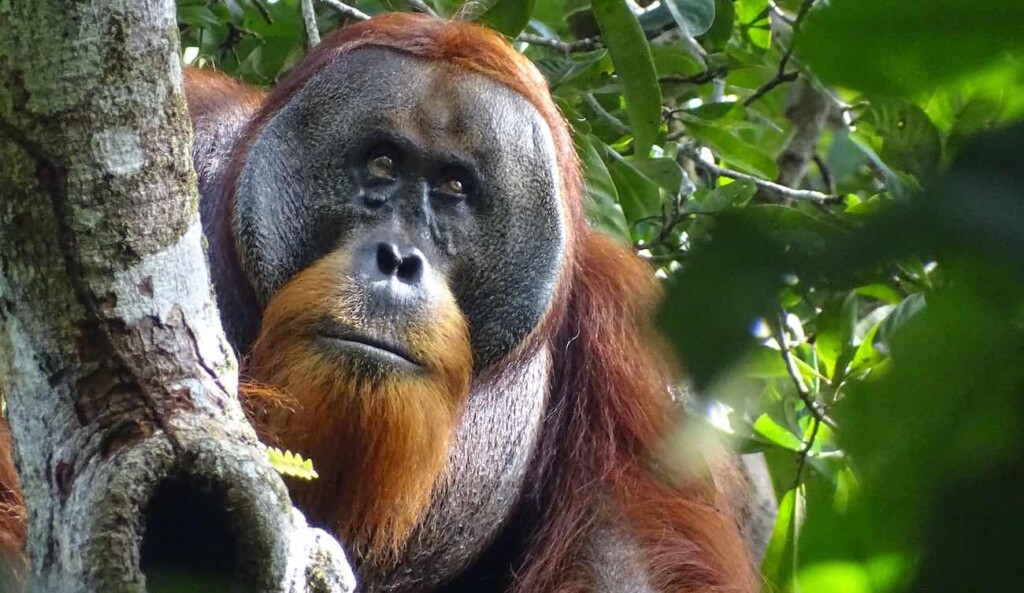 Rakus, 47 days after first treating the wound using the medicinal plant – Max Planck Institute of Animal Behavior via SWNS
Rakus, 47 days after first treating the wound using the medicinal plant – Max Planck Institute of Animal Behavior via SWNS

